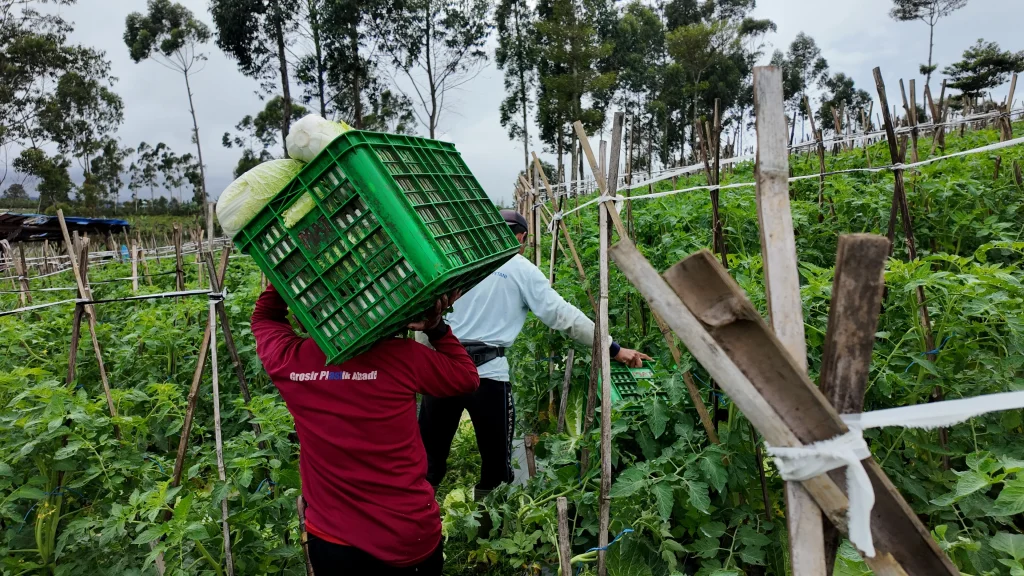“If there are no farmers, there’s no food.” This single sentence marked the conclusion of our interview with several farmers in Pangalengan on Monday, December 2, 2024.
Through conversations with Mr. Sutisna, Mr. Reza, Mr. Asep, and Mr. Nurman, we gained a deeper understanding of the fascinating yet heartbreaking reality of agriculture in Indonesia.
Farming demands significant investment and effort, yet often yields uncertain returns. Many factors hinder the prosperity of Indonesia’s agricultural sector.
High Costs, Uncertain Profits
Farming is a profession that requires not only determination but also substantial capital. Horticultural farmers typically spend around IDR 50–100 million depending on the size of their land.
This capital covers the costs of seeds, maintenance, farming tools, fertilizers, and even distribution expenses for the harvest.
Despite the large investment, farming profits are highly unpredictable. For some commodities, selling prices have plummeted so low that farmers incur losses.
Reports indicate that vegetable prices have hit record lows, with mustard greens priced at IDR 300 per kilogram and tomatoes at IDR 500 per kilogram.
High Import Frequency Makes Local Farmers Less Competitive
What causes the drastic drop in vegetable commodity prices? One of the main factors is imports.
Loose import regulations combined with high import frequency have overshadowed the yields of local farmers.
“Prices keep falling because the government continues to import vegetables. This has been going on for years,” said Mr. Sutisna when we asked about the profits usually made from selling vegetables.
Government Subsidized Fertilizers Fail to Reach the Right Hands
Another major challenge for farmers is the difficulty of accessing fertilizers, particularly government-subsidized ones.
“Buying fertilizers is tough. Sometimes they’re not available in stores or markets. Even if they are, the prices often soar several times over,” one farmer shared.
Hearing this was disheartening, imagining similar struggles faced by many farmers, especially in remote areas.
The root of this issue lies in the misallocation of subsidized fertilizers. The government needs a clear distribution system to ensure subsidies reach the rightful recipients.




